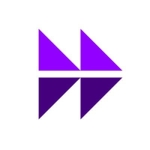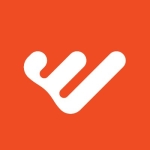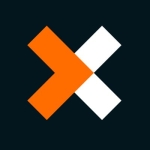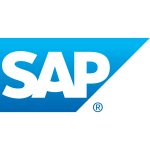I work for a telecommunications company, which involves various processes in different areas. For all the company's needs, I primarily utilize UiPath. We have employed it to automate tasks such as packet installation, software attribute utilization, and coupon allocation. These are time-consuming tasks that involve a significant amount of data, making it impractical for a single person to handle. Therefore, we assign these tasks to a bot to expedite the process.
Building automation using UiPath is straightforward. As a developer, I have colleagues who want to learn simple automation quickly, and UiPath is one of the best solutions for this, thanks to its tutorials and the UiPath Academy courses.
Our organization is beginning the implementation of end-to-end automation using UiPath. The implementation is easy and enables users to interact with the testing, thus saving a significant amount of time.
The UiPath User Community is one of the best aspects of the solution. The community is extensive, and everyone is willing to assist by providing information and guiding us in the correct direction.
We quickly realized the benefits of UiPath once we implemented it, including cost savings. We began automating areas where we encountered difficulties, and within the initial three months of automation, we started witnessing the advantages. After completing the necessary courses, we were able to automate quickly.
UiPath has helped our organization minimize its on-premises footprint, which is important for the implementation of the RPA in our day-to-day activities.
I have taken several UiPath Academy courses, and they are easy to follow.
UiPath has accelerated our digital transformation, leading to reduced costs and time. Our customer IT team has provided invaluable assistance throughout the process.
UiPath has eliminated human errors when dealing with large amounts of data. One of the first automation we needed to have done was one that, if not processed at that time, would risk losing money, time, or even a partner. So what we did was automate the task that consumed most of our time. By the end of the day, we were able to complete the task and ensure all the client information was corrected.
UiPath has freed up our employees' time, allowing them to focus on more important tasks.
The RE framework is a valuable feature because it offers the possibility of working with a large amount of data without the need to transmit all the information.
AI can become more intelligent to facilitate the ease of automation.
I would like UiPath to support the Python language. It is easy to develop in Python, and there are thousands of libraries available that I can use within its environment. Such support would greatly expand my capabilities for performing my RPA activities.
I have been using UiPath for one year.
I encountered some stability issues initially when I had limited knowledge. However, I now find it to be quite stable. UiPath stands out as one of the best options in our market when it comes to stability, thanks to its frequent updates and bug fixes.
UiPath truly emphasizes the capability to scale.
The technical support is good and has responded to all of our questions.
The deployment was handled by two people from our IT group.
UiPath offers a significant return on investment due to the rapid realization of its benefits.
UiPath is reasonably priced for being a leader in the market.
I have evaluated Laiye UiBot, Hover Corporation, and OpenRPA.
I prefer OpenRPA because one of its advantages is being open source. That's great. Additionally, it offers great features, such as quick comparison capabilities with Velocity. This impressed me. Another notable aspect is the ability to code in various languages and run them independently. This allows me to seamlessly integrate with my workflow and agents. I can execute the code in my environment and directly communicate with the robot, which is a fantastic feature.
Compared to UiPath, OpenRPA is slightly faster, open-source, and allows for the incorporation of work codes, but UiPath offers greater functionality.
I give UiPath a nine out of ten. The design and appearance of UiPath are excellent, and its functionalities are perfect. The impressive aspect is how people create packages and new automation using the solution. I have nothing negative to say.
UiPath is currently deployed in one location within our organization.
We have a dedicated maintenance team of two individuals who are knowledgeable and have not encountered any difficulties.
I suggest utilizing the Community forum to acquire knowledge about UiPath because it contains a wealth of information beyond what is found in the documentation itself, and the support provided there is exceptional.


















